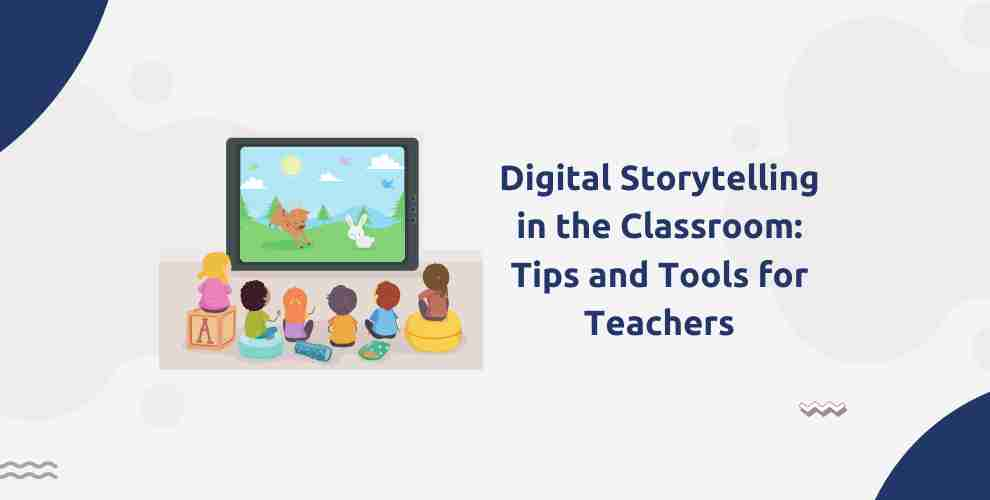The tale of the hare and the tortoise taught us a lifelong lesson on the importance of being slow yet steady. The story of the fox and the grapes made us realize how we contempt what we can’t get. Likewise, Panchtantra, India’s most popular fable collection attributed to an ancient wise man named Vishnu Sharma have helped generations to learn important lessons for success in life.
Children and adults both love stories. This is the reason why morals and important life lessons were always taught to students using fables and tales. But as time changed, have students lost interest in stories?
Stories are still a vital part of learning as they are essential to the human experience. Earlier, children loved bedtime stories read to them using books. But these days, students are more interested in digital storytelling and tools. But what is digital storytelling and how can teachers use it in the classroom?
What is Digital Storytelling?
Digital Storytelling is a way of using technology, such as computers and mobile devices, to create and share stories through a variety of media, including text, images, audio, and video. In the classroom, digital storytelling can be a powerful tool for engaging students and enhancing their learning experiences.
With digital storytelling, students can use their creativity and critical thinking skills to craft compelling stories using a variety of digital tools and media. They can also use digital storytelling as a way to reflect on their learning and share their knowledge and understanding with their classmates and teachers.
Importance of Storytelling in lessons
There are several important benefits of using digital storytelling in the classroom, including:
- Engagement: Digital storytelling can be a highly engaging activity for students, as it allows them to express their creativity and share their ideas and knowledge in a multimedia format. This can be particularly useful for engaging students who may not be as interested in traditional methods of teaching and learning.
- Collaboration: Digital storytelling often requires students to work in teams, which can help them develop important collaboration skills.
- Communication: Digital storytelling can help students develop their communication skills by allowing them to express themselves through a variety of media.
- Creativity: Digital storytelling encourages students to think creatively and critically as they craft and share their stories.
- Reflection: Digital storytelling can be a useful tool for students to reflect on their learning and understanding of a topic.
- Cultural awareness: Digital storytelling can also be used as a way for students to learn about and appreciate different cultures and perspectives.
How to integrate Digital Storytelling in the classroom
There are many ways that teachers can integrate digital storytelling into the classroom, including:
- Incorporating it into a project-based learning activity: Teachers assign students a digital storytelling project, promoting creativity and critical thinking while applying class knowledge. This interactive approach enhances student engagement and encourages deeper understanding.
- Using it as a presentation tool: Students present research findings or information using digital stories, fostering active participation and knowledge sharing. This dynamic method creates a more engaging learning experience.
- Incorporating it into language arts or social studies lessons: Assigning digital stories for historical events or literary character analysis develops students’ writing, reading, and communication skills, making learning more enjoyable and impactful.
- Using it as a way to reflect on learning: Digital storytelling enables students to reflect on class material, promoting better retention and understanding of new concepts.
- Using it as a tool for cultural awareness: Teachers can use digital storytelling as a way for students to learn about and appreciate different cultures and perspectives.
5 Apps for Digital Storytelling
Digital Storytelling in the classroom is incomplete without the right tools and applications. Many digital tools and applications are available that help students and teachers learn through storytelling.
upEducators has trained 10,000+ teachers in using technology and digital tools in the classroom. While training these educators, our expert trainers have come across some of the best digital storytelling tools. We have picked the top 5 of these tools and applications. Let us look at these digital storytelling tools and applications.
Book Creator:
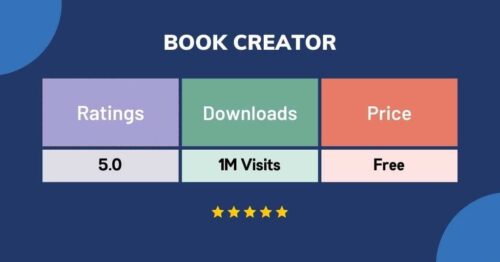
Book Creator is a book-making tool available for iPad and the web(Chrome, Safari and others). This platform helps in creating digital books and even uses predictive drawing features to create illustrations and drawings that match the content or the text of the book. Students and teachers can create digital books with pictures using the Book Creator app and even share them with others.
Buncee:
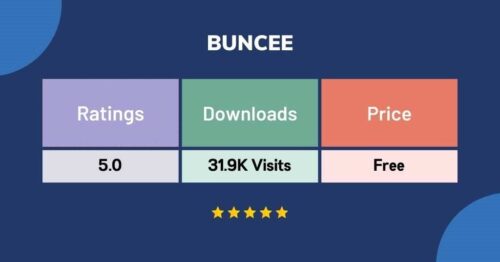
Presentations are a vital part of learning in the classroom. Students make presentations for projects, and assignments and teachers use them for preparing lessons and instructions. Buncee allows educators to create engaging visual stories using various multimedia tools like images, videos, audio, and animations. It helps teachers in creating an immersive and personalized learning experience for students, making learning more fun and interactive.
Storybird:
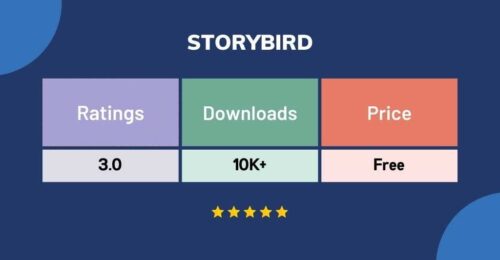
Books with pictures and illustrations make students more interested and engaged in reading. Storybird is a tool that helps create illustrations for books and texts. The tool provides site-curated, licensed art that helps teachers and students in creating artwork and illustrations for their books and texts. Users can also create their text using Storybird and then add the illustrations provided on the platform.
Puppet Pals HD:
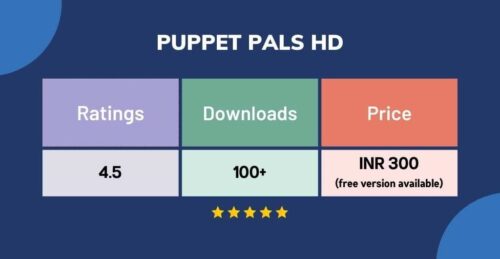
What if a story written on paper gets a voice and an animated character? Students find it more engaging when stories get voices and characters. Puppet Pals HD is a platform that offers themes, backgrounds and characters in the form of movable stickers. Users can pick characters, backgrounds and themes and then add voice-overs to narrate the story. This makes the learning experience through digital storytelling more interesting.
Adobe Slate:
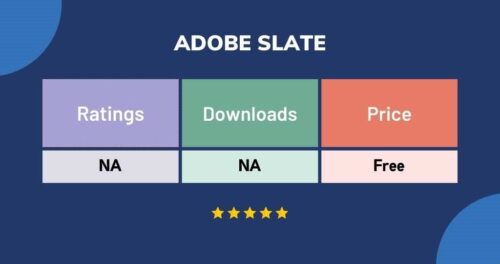
Adobe Slate is a free app available for iPad users that allow them to create and share interactive, visual stories using a variety of media, including text, images, and video. It is designed to be easy to use and requires no coding or design skills.
In the classroom, Adobe Slate can be a useful tool for creating digital stories as a way to engage students and enhance their learning experiences. Teachers can use Adobe Slate to assign students a digital storytelling project, or students can use it independently to create and share their own stories.
Powtoon:
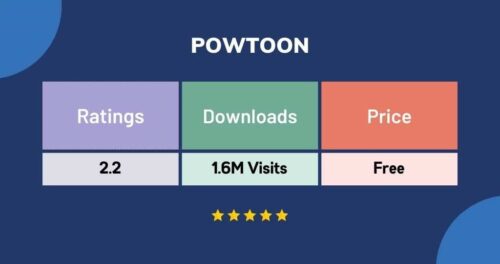
Powtoon is a web-based animation and presentation software that allows users to create animated videos and presentations. It can help in digital storytelling in the classroom by allowing students and teachers to create engaging, visually appealing presentations that bring their stories to life. This tool can help make learning more interactive and memorable for students, allowing them to better understand and retain information. Additionally, Powtoon can help students develop digital storytelling skills that are in high demand in today’s world.
Storytelling makes learning more fun and engaging. Teachers have been using traditional storytelling methods in the classroom for hundreds of years to keep students engaged. But with technology, storytelling has become digital and more visual. With the help of the right tools and strategies, not only teachers but even students can create stories for better learning.
Author: This article is written by Samiya Rashid for upEducators blog.
